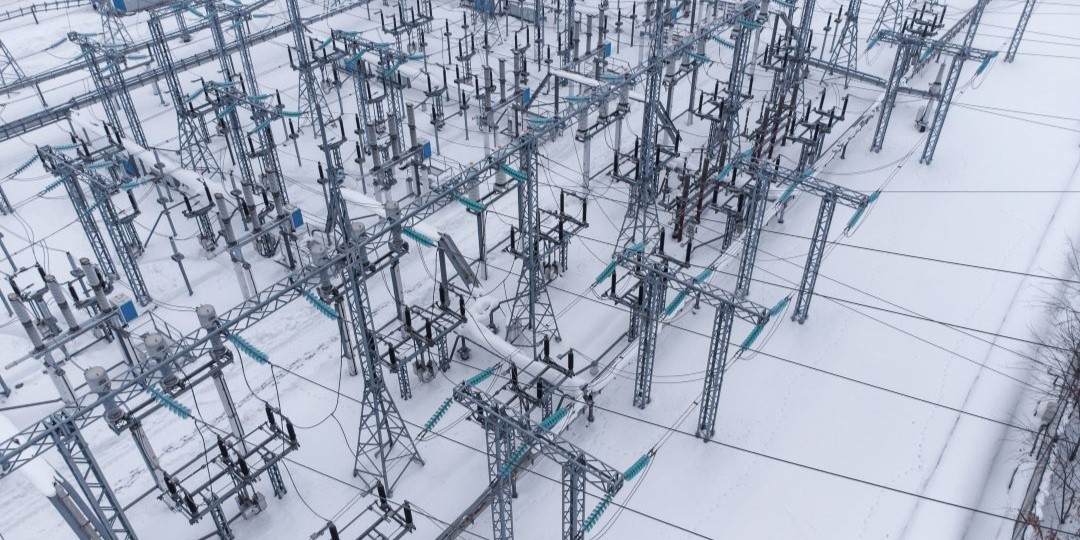By Mark Henry, Director of Reliability Services & Registration, Texas RE
Power plant operators in the southern United States can generally expect mild winters but occasionally face deep, prolonged cold and icy precipitation. Winter storm Uri in February 2021 was a rare, long duration event with the worst of these extreme wintry conditions impacting a large swath of the South and Midwest. As wind and solar are integrated into the resource mix at increasing levels of penetration, thermal plant operators’ preparations for such infrequent, frigid periods will become ever more important to meet the coincident elevated demand for power.
While Winter Storm Yuri was the most extreme example of a cold weather event impacting the grid, these types of situations are not new. Since 2011, the ERO Enterprise (the North American Electric Reliability Corporation (NERC) and its Regional Entities), and stakeholders have shared winter readiness lessons learned and best practices via numerous outreach events and reports, particularly the Generating Unit Winter Weather Readiness guidelines. Beginning in April 2023 some winter weatherization best practices will become mandatory as part of updates to existing Reliability Standards, such as EOP-012-1. Further requirements are currently in the drafting process per recommendations from the joint Federal Energy Regulatory Commission (FERC) and ERO report The February 2021 Cold Weather Outages in Texas and the South Central United States.
In the Texas Interconnection, key vulnerabilities for thermal plants have not changed since the Public Utility Commission of Texas’ (PUCT) writeup after a 1989 winter storm. Since then, regulatory bodies in Texas have worked to address those issues, but as these extreme storms become more common and the changing resource mix exacerbates the situation, the state legislature and PUCT have refocused their efforts. Recent changes to the state rules in Texas for weatherization call for seasonal attestations of readiness, inspections by the Electric Reliability Council of Texas (ERCOT) every three years, and detailed emergency plans for weather extremes.
Additionally, plants must identify critical components that can cause a plant to trip, derate or fail to start when compromised; instruments with liquid in sensing lines must be carefully insulated and protected with heat trace; and much more. Freeze protection must be tested and inspected regularly as failures in heat trace lines approach 10 percent per year and piping insulation is often disturbed over a year’s maintenance activity. Moisture accumulation in instrument air lines is best managed by careful monitoring of drains and ensuring that air dryers are in top working order. Plant cooling system, air intakes, fan vanes, and control valves may have areas prone to ice buildup. Wind direction shifts can aggravate wind chill problems, and these are usually countered with wind breaks and portable heat sources. NERC has supplementary guidelines as well, but plant personnel are the best judges ultimately based on their experiences and intimate knowledge of their plant’s systems.
To identify those needs requires well-trained and well-equipped personnel. Training of operators and maintenance staff is essential for recognizing vulnerabilities, as are tools with clear visual indications of freeze protection functionality for performing their tasks. Staff should be aware of how to check heat trace circuits, cabinet heaters, airline blowdowns, and the necessary follow-up to preparations and tests made in the fall. Trained operators will know what to monitor in their control displays to evaluate cold weather impacts to systems and components and be able to manage redundant instruments and bypasses that may provide operating margin should a component issue arise.
In the aftermath of Winter Storm Yuri, Texas RE visited several facilities that performed well, seeking to understand what factors made a difference. All the previously mentioned weatherization best practices are generally well-known after a decade of ERCOT and Texas RE plant visits. What we saw and heard after the February 2021 event that made the greatest difference were human factors such as continuous evaluation to find and address new issues; tight communication within the whole plant’s staff; determination to find solutions despite conditions; and an openness to innovate and improvise.
Ultimately, the solution to reliability issues will come from the cooperation and coordination of those working to ensure the integrity of their individual facilities, and those working to analyze and systematize the most effective procedures. Texas RE looks forward to being a partner and asset to all stakeholders in this process. Please contact us at information@texasre.org with any questions.











